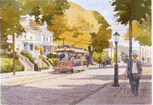
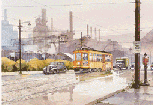
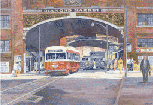
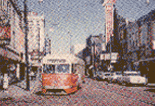
Home Page Overview Volume One Volume Two Volume Three McKeesport Trolleys Contact Info
|
|
Pittsburgh Railways
Overview
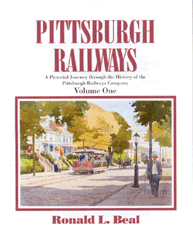
This is the first volume of a 3-volume set of a comprehensive study of the Pittsburgh Railways Company. It offers a pictorial look at all aspects of the company's operation.
8½ x 11 softcover $79.95 for Hard Bound Add $6 for Packaging |
Announcing Pittsburgh Railways, a pictorial journey through the history of the Pittsburgh Railways Company, by Ronald L. Beal. This detailed book series covers the history of the Pittsburgh Railways Company and all public transportation in Pittsburgh, Pennsylvania including its first horsecars, our short-lived cable cars, all of the fascinating inclines, the 219 separate railway companies that were merged into Pittsburgh Railways in 1902 and the everyday operation of streetcars city-wide up until the 1964 takeover by the Port Authority.
The story of how the single Pittsburgh Railways system evolved is a fascinating one, tied to the history and development of the City of Pittsburgh like a jig-saw puzzle. We have taken on the project here to show how hundreds of small pieces (predecessor companies) will fit together to complete the puzzle and reveal the full picture of Pittsburgh Railways. Once consolidated, we find a large and most interesting transit system with more unique characteristics than other cities:
|
PURCHASING INFORMATION
$79.95 for Hard Bound
$65 for Soft Cover
Add $6 for Packaging
and Shipping
Mail your check or money order payable to Ronald L. Beal
Ron Beal
P.O. Box # 112612
Pittsburgh, PA 15241
rbeal@verizon.net
Visa and MasterCard orders accepted and shipped through
A.B. Charles Hobby Shop
412-561-3068